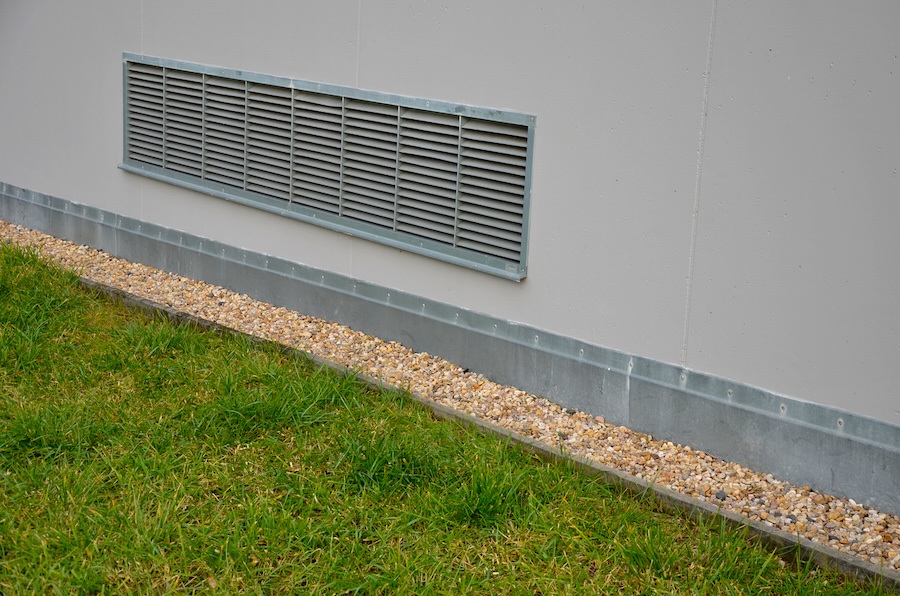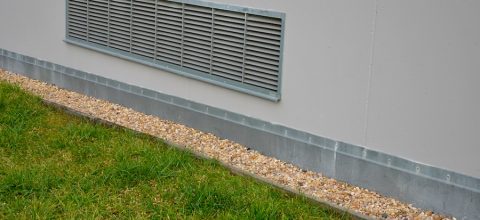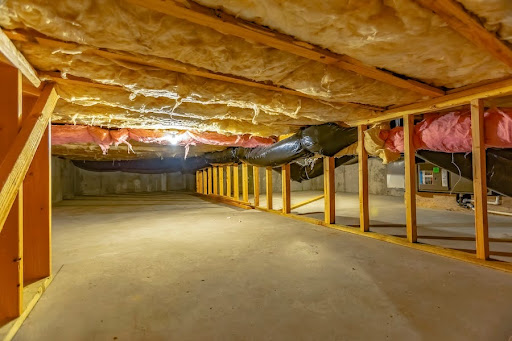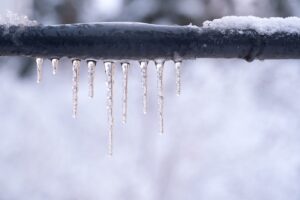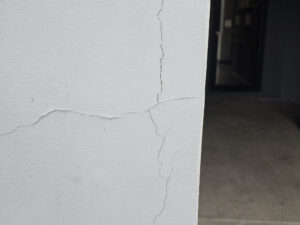Crawl space ventilation is a system designed to control moisture and humidity levels in the under-floor space beneath your home. Proper ventilation prevents mold growth, wood rot, and structural damage while improving indoor air quality and energy efficiency. Whether you have a traditional vented system or are considering crawl space encapsulation, understanding how moisture control affects your entire house is essential for maintaining a healthy living space and reducing energy costs.
The crawl space beneath your home might be out of sight, but it shouldn’t be out of mind. Poor ventilation in this under-floor area can lead to moisture buildup that impacts everything from your foundation’s integrity to the air you breathe upstairs. In humid climate regions, especially, proper crawl space ventilation becomes critical for protecting your investment and your family’s health.
Crawl Space Moisture Problems
How Moisture Enters Your Crawl Space
Excess moisture finds its way into crawl spaces through multiple pathways. The ground surface naturally releases water vapor, which rises into the under-floor area. Foundation walls can also allow moisture to seep through, especially in areas with poor drainage or high water tables. Without proper moisture control, this excess moisture becomes trapped, creating an environment where problems flourish.
The science behind humidity is straightforward but important. When moist air gets trapped in your crawl space, the relative humidity can reach dangerous levels. Warm air holds more moisture than cool air, so temperature changes in your crawl space can cause condensation to form on surfaces like fiberglass insulation, floor joists, and foundation walls.
Warning Signs of Poor Ventilation
Several indicators suggest your crawl space needs attention. Musty odors coming from below often signal mold growth in the under-floor area. Wood rot becomes visible on floor joists and subflooring when moisture levels stay high for extended periods. You might also notice that your fiberglass insulation appears damp or has begun to sag.
Structural damage often develops gradually. Wood rot weakens floor joists and subflooring, while persistent moisture can cause foundation settling. These issues require costly repairs when left unchecked, making prevention through proper ventilation far more economical than remediation.
Traditional Vented Crawl Space Systems
Traditional crawl space ventilation relies on foundation vents to create air circulation using outside air. These vents are typically installed on opposite walls to encourage cross-ventilation through the under-floor space. The theory suggests that fresh outside air will dilute moisture and carry it away from the crawl space.
Building codes in the United States generally require one square foot of vent opening for every 150 square feet of crawl space area. Local building codes may vary, so checking with your area’s requirements is important. Some situations call for additional ventilation fans or exhaust fan systems to improve air movement, particularly in larger spaces where natural circulation proves insufficient.
Benefits and Limitations
Vented crawl spaces work well in dry climates where outside air has low humidity levels. The constant air circulation can help prevent moisture accumulation when external conditions support the system. Foundation vents also provide a relatively simple, low-cost approach to crawl space ventilation.
However, traditional venting has significant limitations in humid climate conditions. When outside air contains high moisture levels, introducing it into your crawl space actually adds humidity rather than removing it. This creates a cycle where the ventilation system works against its intended purpose.
Calculating proper airflow requires understanding cubic foot measurements and air exchange rates. Even with adequate vent sizing, natural air circulation may prove insufficient during calm weather or in poorly designed layouts. These limitations have led many homeowners to explore alternative approaches to crawl space moisture control.
Modern Crawl Space Encapsulation Solutions
Crawl space encapsulation takes a fundamentally different approach by creating a sealed crawl space that functions as an unvented crawl space. This method uses vapor barriers to cover the ground surface and crawl space walls, preventing moisture from entering the space in the first place. Rather than relying on outside air circulation, encapsulation controls the environment within the under-floor area.
The process typically involves installing heavy-duty plastic sheeting or specialized vapor barrier materials across all surfaces. Seams are carefully sealed to create a continuous moisture barrier. The result is an unvented crawl system that maintains consistent temperature and humidity levels year-round.
Key Components of Encapsulation
- Vapor Barrier Installation: High-quality materials cover the ground surface and extend up foundation walls to create a complete moisture seal.
- Sealing Air Leaks: All gaps, cracks, and openings are sealed to prevent outside air infiltration.
- Dehumidification: Controlled space ventilation using dehumidifiers or HVAC integration maintains proper humidity levels.
Some installations benefit from additional moisture control measures, like sump pump systems for areas with groundwater issues. The goal is to create a controlled environment that prevents moisture problems while improving energy efficiency.
Benefits of Sealed Crawl Spaces
Energy efficiency improvements rank among the top benefits of crawl space encapsulation. By eliminating the constant influx of outside air, your HVAC system works more efficiently to maintain comfortable temperatures in your living space. This translates directly to reduced energy costs throughout the year.
Indoor air quality also improves significantly. With proper moisture control, mold growth becomes nearly impossible, and the stack effect draws cleaner air into your home. The sealed environment prevents outdoor pollutants, allergens, and humidity from entering through the crawl space.
Structural protection represents another major advantage. Consistent humidity levels prevent wood rot and protect fiberglass insulation from moisture damage. Your foundation walls and floor joists maintain their integrity longer, avoiding costly structural repairs.
Why Choose AMC911 for Your Crawl Space Solutions
When crawl space moisture issues threaten your home’s foundation and indoor air quality, AMC911 Crawl Space & Foundation Repair delivers engineered solutions that work. With over 30 years of serving Hampton Roads, Chesapeake, Virginia Beach, Norfolk, and other Virginia areas, our Class A contractors understand Virginia’s humid climate challenges and provide comprehensive services designed by our in-house engineering team.
Complete Crawl Space Services
AMC911 specializes in crawl space encapsulation systems that create sealed crawl space environments, eliminating moisture control problems permanently. Our services include vapor barrier installation, foundation repair, foundation waterproofing, masonry repair, and interior and exterior waterproofing systems. Every square foot of work is performed by our fully insured, in-house crews, never subcontractors.
What sets AMC911 apart is our engineering approach to every crawl space foundation project. We design custom solutions for your specific conditions and local building code requirements, ensuring your living space benefits from optimal energy efficiency and indoor air quality protection.
Don’t let crawl space moisture compromise your entire house. Contact AMC911 today for your free estimate and discover why Hampton Roads homeowners trust our family-owned business for crawl space encapsulation, foundation repair, and under-floor area solutions.

